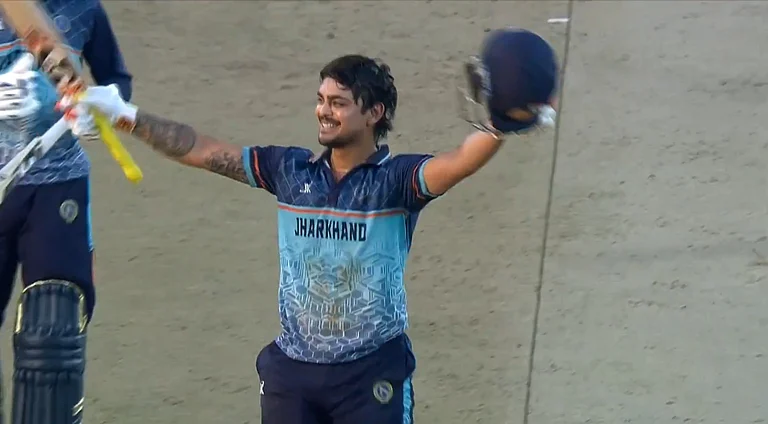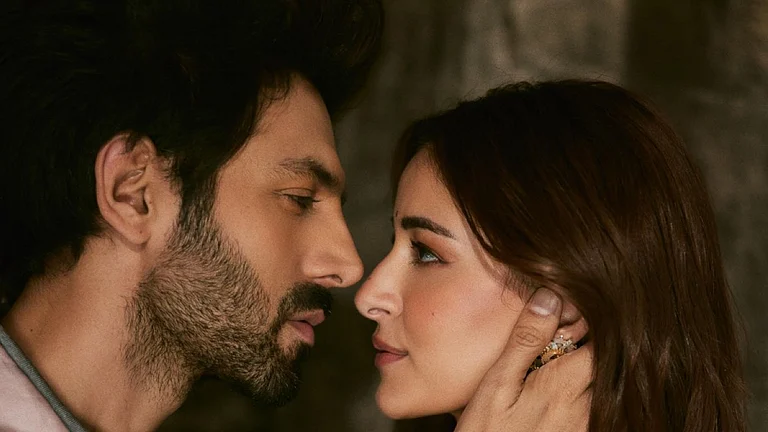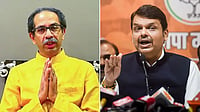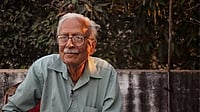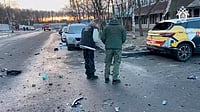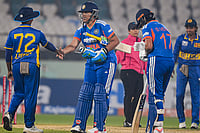Ramachandra Guha once suggested that academics should do a stint of journalism, and journalists vice versa; both, he ventured, would benefit. Gyan Prakash, a historian who teaches at Princeton, has taken time off, not so much to become Mumbai’s latest biographer, but rather its raconteur. By romancing larger-than-life personages and events, he has enlivened what might otherwise have been a dreary archival tome.
There is another difference: unlike foreign biographers like Gillian Tindal (City of Gold) who revel in the discovery of India’s most dynamic city, or the home-grown variety, Prakash is what wags disparagingly call a Harry (Bihari).
For Prakash, Bombay, as it was called till 1995, was indeed an El Dorado of the cultural kind. “I understand now that underlying our fascination with Bombay was the desire for modern life,” he writes. Prakash is enthralled with the sagas of Manto and Chughtai, who revelled in the freedom that Bombay gave them.
He evocatively cites how the city is “exposed to influences from far and wide, a dream city of cosmopolitan desire.... Marine Drive invites you to Mumbai’s imagined life as a spectacle of modernity, as an ideal of modern life.... All one is invited to see is the utopia promised by the city on the sea.” It is the “incarnation of the good life”. As an adivasi of Mumbai, this reviewer has no idea how anyone from the hinterland or heartland imagines the city, where vistas, literally and metaphorically, unravel endlessly into the horizon.
Bollywood plays an outsize role in the hinterlander’s imagination. In the Patna of his youth, the author recalls youngsters wearing clothes and styling their hair to imitate favourite Bollywood heroes and heroines. Neighbourhood toughs would also memorise dialogues of villains: “Robert, usko Hamlet wala poison de do; to be se not to be ho jayega!” The Bard must be spinning in his grave; he may be interred in a genteel graveyard, but his Bihari acolytes are bred alongside the turbulent Ganga, which often breaches its banks in a physical torrent, not to mention the verbal variant.
There are heroes like the intrepid muckraker and nationalist Bombay Chronicle columnist, K.F. Nariman, who exposed the land reclamation scandals during the Raj. For his pains, the hectares reclaimed from the sea by the corrupt chief minister V.P. Naik in the 1970s, who poured crores into Mrs Gandhi’s party coffers, are known as Nariman Point. It remains a monument to Mumbai’s fabled fetish: the only thing real is the estate.
There is a lot of space devoted, rightly, to the murder in cold blood of businessman Ahuja in the late fifties by the dapper Commander Nanavati, whose elegant British wife Sylvia was having an extra-marital affair. When Nanavati stood trial, dressed in his immaculate white naval uniform, complete with epaulettes, teenaged girls lined the route and wept over their darling’s imminent fate (he was released after being confined to a house for some years; dark rumours about an arms smuggling ring were rife). Some even adapted the pop song of the era: “Hang down your head, Nanavati (Tom Dooley); hang down your head and cry...poor boy, you’re bound to die”.
The debonair editor-owner of the scandal-mongering weekly Blitz championed Nanavati’s cause, doubtless with an eye to sales rather than any principle. Cambridge-educated Rusi Karanjia’s bete noire was his right-wing nemesis, Oxonian D.F. Karaka of Current. They had frequent slanging matches in their weeklies. Prakash falls for the myth that Karanjia was a pink Commie who espoused socialist causes; he certainly hobnobbed with kings and statesman and gave himself such airs but, if truth be told, when sensation ceased to sell, he resorted to blackmail to keep his enterprise going.
Prakash does Mumbaikars a service by exhuming unpublished manuscripts which may not set the Arabian Sea on fire, but do reveal the mores. One such novel is Tower of Silence, by a Parsi called Chevalier, an Anglicisation of Chaiwala. Its hero wants to gun down the pilot and photographer who took an aerial view of the innards of the Tower, an act anathema to Parsis. To the best of my knowledge, there was such a photo, published in a London magazine. I should know: I tried to reprint the blurry image when I was editing the Times of India Sunday Magazine in the early ’70s, but was asked to withdraw it after the pages were made, for fear of angering the community. Truth stranger than fiction? Only Mumbai lends itself to such fables.







